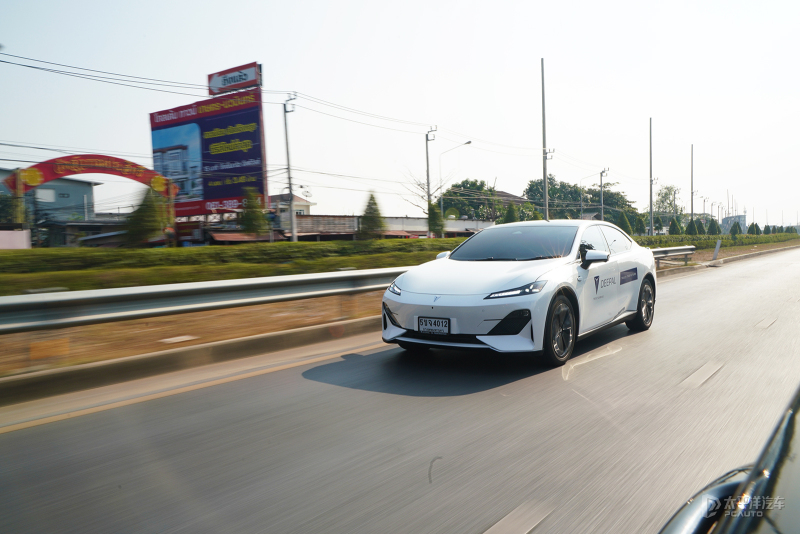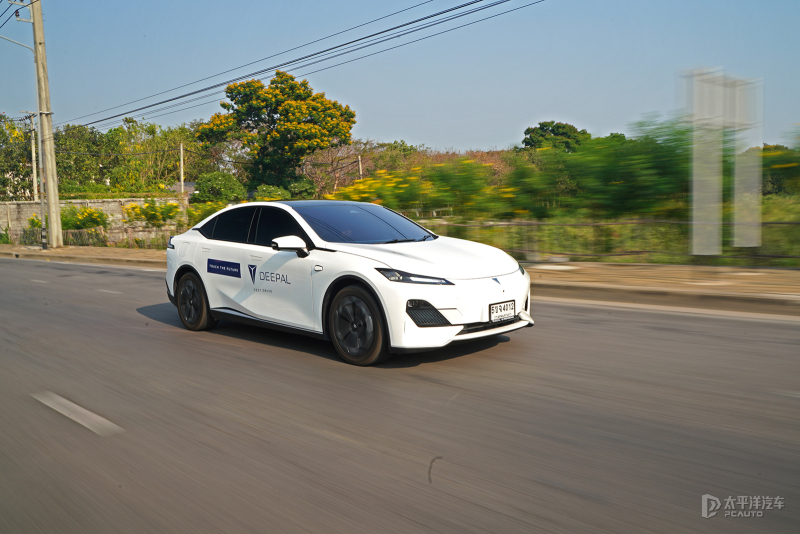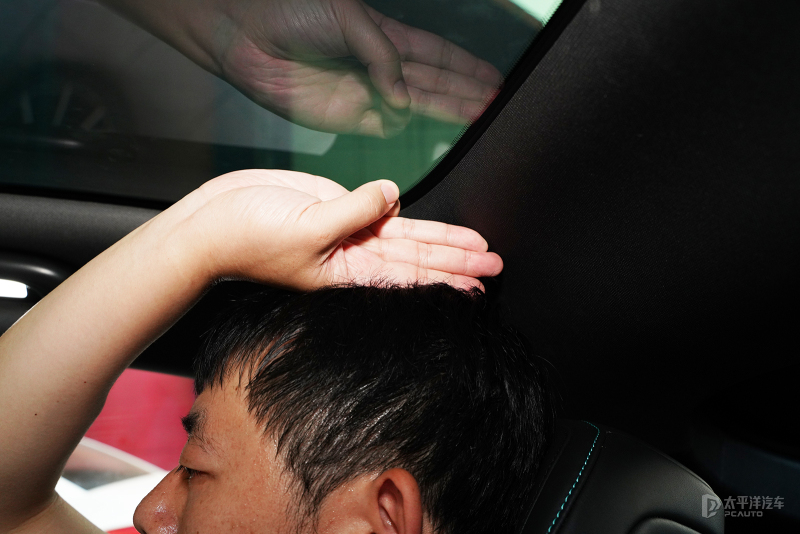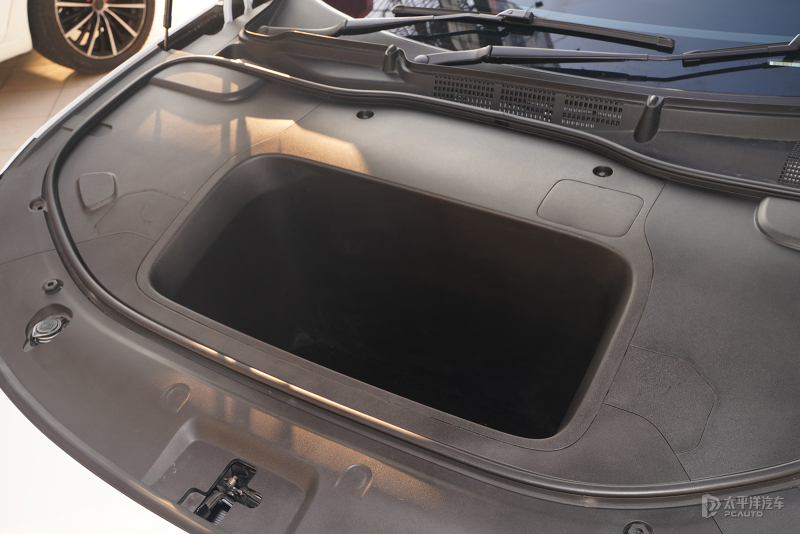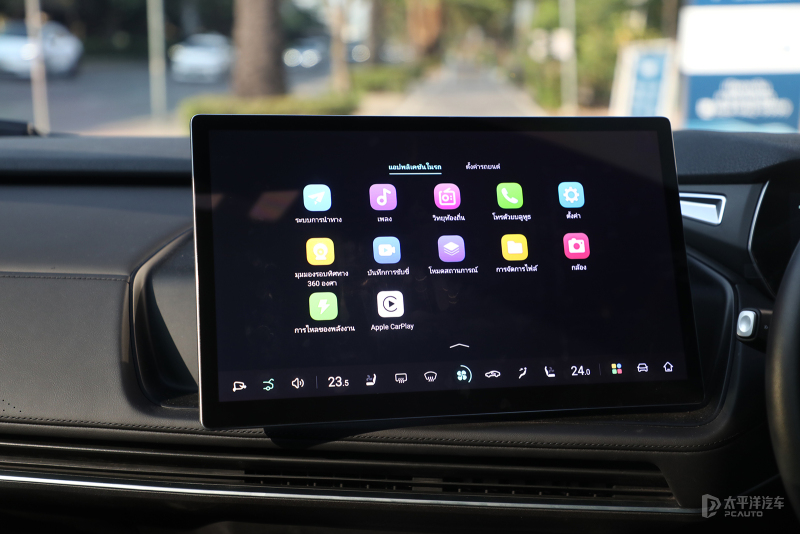Test Drive of DEEPAL L07: It's Designed for Home Use Rather than Sports
 Kevin WongApr 01, 2024, 04:26 PM
Kevin WongApr 01, 2024, 04:26 PM
After learning about the products that Changan, an automotive brand, has launched in the past and the models currently on sale in the Chinese market, I've come to this conclusion: it is hard for Changan to design a purely performance-driven car.
Of course, this isn't to say that Changan lacks the capacity and technology, but in my opinion, almost all of the brand's youth-oriented models inevitably lean toward family use. Typically, when a very avant-garde performance car comes across, we expect pure fun driving experiences such as powerful dizzying engine performance, heavy steering feel, and very short suspension compression strokes since we think these experiences match its design. However, the truth is that Changan has quite a few avant-garde-designed cars, but their actual driving styles all seek a balance between intense sports and comfortable home use.
This balance is also reflected in DEEPAL L07. It's hard for me to say whether this balance between sports and home use is good or bad. Many people would say that if you want too much, you may lose too much. In their opinion, driving the DEEPAL L07 might lack some personal touch that they want. But from another perspective, the DEEPAL L07 that can meet the needs of home use will have a wider audience.
Basic information of DEEPAL L07:
-Guide price: 1,239,000 - 1,329,000 Thai baht
-Body size: 4820×1890×1480mm, and a wheelbase of 2900mm
-Endurance mileage (NEDC): 475km and 540km
-Driven way: Single motor rear-wheel drive
-Motor parameters: Maximum power: 190kW (258PS), peak torque: 320N·m
-Charging information: Maximum DC quick charge power 78kW, and approximately 35 minutes charing from 30%-80%
-Suspension system: Front McPherson independent suspension, and rear H-type multi-link independent suspension
I. It drives gentler than expected
Before test driving DEEPAL L07, I checked the conditions of corresponding models on the local market from Chinese websites and found that the main differences between the two markets lie in the pure electric endurance mileage. Furthermore, in the Chinese market, this car has plug-in hybrid and even hydrogen energy models for sale, while only pure electric models are on sale in the Thai market. As for their motor systems, they are the same.
I saw the official Chinese market promotion for this car, with a 0-100km/h acceleration of 5.9 seconds, which left me deeply impressed. To know a 320N·m motor drives an 1820kg car that is more than 4.8 meters, accelerating to within 6 seconds, I find it kind of hard to believe. However, after looking at some of the actual test results from Chinese automotive media, I found that the actual data varies little from the official promotions. So before I test-drove the DEEPAL L07, I thought it would be a car that focuses very much on driving performance, and it might be more suitable for younger people to drive, perhaps not so friendly for the older ones.
However, during actual driving, I found that this pre-existing notion of mine is not entirely correct.
DEEPAL L07 is built based on the EPA1-Digital Platform, but honestly just holding the steering wheel and driving a distance on the road, we can’t experience how much this platform has given this car because there is no comparison. We can regard the EPA1-Digital Platform and even DEEPAL L07 as a symbol of Changan's transformation to electrification, and the technology and experience related to them are like version 1.0. All I can confirm is, DEEPAL L07 is much more mature to drive than those early pure electric cars.
This maturity is reflected in many aspects, especially the tangible output of power. DEEPAL L07 can be very violent; therefore, we just need to switch to sport mode and fully step on the accelerator, and the instantaneous high-torque explosion caused by the motor brings a sudden acceleration as if someone lifted our buttocks from behind. This sudden and continuous acceleration pleasure is a major characteristic of electric cars, but DEEPAL L07's intense acceleration lasts a bit longer, which gives it good acceleration results. But what makes me feel mature is that its regulation for power output is not crude, but rather fine. This requires a gradual stepping on the accelerator for a deeper appreciation.
Imagine that we are driving in a crowded city, following the car in front, stopping and starting, with our foot varying on the accelerator pedal. The power tuning of early-produced pure electric cars seems to be unable to control and it is difficult for us to linearly control it, thus resulting in a 0 and 1 experience, either no power or full power, so passengers usually get car sick. However, the power output of DEEPAL L07 is much more linear. We can feel the difference in output power when we step on the accelerator pedal at different depths. DEEPAL L07 offers a variety of driving modes. If we switch between comfort mode and sports mode, we will find that the power response in daily driving does not change much. Lightly stepping on the accelerator pedal in sports mode to follow the traffic flow will not feel difficult to control. In my opinion, this is a comfort-oriented approach. It is more about creating a smooth and easy-to-drive driving experience, rather than constantly pursuing the thrill of acceleration. For drivers who have just got their licenses, I think DEEPAL L07 is also very easy to drive.
Maturity is also reflected in the regulation of energy recovery. What's interesting about DEEPAL L07 is that it pays great attention to the strength of energy recovery, and it can continuously adjust this strength between 0-100%. Energy recovery is something all-electric cars have, similar to the engine braking of traditional cars. The difference is that the deceleration effect brought by the energy recovery of the motor after releasing the throttle is usually more obvious than the effect brought by engine braking. This abrupt deceleration can also cause passenger discomfort. Different brands handle this problem differently. Volkswagen's pure electric cars do not provide energy recovery strength adjustment, they directly tune this recovery strength similar to traditional fuel cars to ensure comfort. More Chinese brand pure electric cars provide two or three energy recovery levels for drivers to adjust, but DEEPAL L07 can continuously adjust. I believe some people will think this is superfluous. Is it? I have reservations about that because I found that even if it is set to 100%, the deceleration force is not particularly large, which is still based on ensuring comfort. But at least it can be confirmed that DEEPAL L07 has indeed made some mature considerations.
Acceleration, braking, and the sensation of deceleration from energy recovery all make up the overall feeling of the DEEPAL L07 power system. Comfort is the main theme while the feeling of motion becomes secondary.
What about the chassis? Due to the monotonous conditions of the test drive road, it’s hard for me to evaluate its overall performance. I can only comment on its performance on city asphalt roads. Just like the balanced approach that the power system pursues, the softness and hardness degree of the suspension also find a balance between motion and comfort. We can say that DEEPAL L07 strikes a balance between comfort and motion, but it can also be said that DEEPAL L07 is neither comfortable nor sporty because it does not excel in either.
Small bumps in the road will not cause noticeable jolts. When overcoming obstacles like speed bumps, the car's jolts can be felt. The suspension travel is not long and soft enough to offset such shocks. In corners, the ample support from the suspension provides a stable posture for the car. The H-shaped rear suspension is designed to enhance the lateral support of the suspension in corners. DEEPAL L07 makes me want to speed up in bends because the message it conveys to me at this time is very clear: Faster! Faster! This is the right way to drive!
Even the steering feel aims for balance. The steering wheel of DEEPAL L07 is just right in weight, with a noticeable feeling of power steering, but it does not lose its realism. It can provide precise and nimble control in sports mode, while in daily driving it will not cause discomfort to passengers due to excessive sensitivity of the steering.
If one must choose between sporty and comfortable, I think DEEPAL L07 leans towards comfort. However, this pursuit of balance may disappoint many young people seeking individuality because it lacks character. However, Changan does not want DEEPAL L07 to be a niche model. There are more considerations and usage scenarios, and they need to be accepted and appreciated by more families. Therefore, I think comfort plays a more important role in DEEPAL L07.
II. Other static experiences of DEEPAL L07
After discussing the feeling of starting up the DEEPAL L07, there are other static parts of the experience that I also think are worth mentioning. This involves more of its design details and usefulness. As for the car's configuration, I think it is already very rich, and there is not much to discuss specifically.
The exterior design of DEEPAL L07 is a typical electric vehicle design, with a closed front face, sharp headlights, 19-inch aluminum alloy wheels, hidden door handles, etc. It is worth mentioning that the DEEPAL L07 uses a body length of 4820mm to create a wheelbase of 2900mm. Its short front and rear suspension design can bring two obvious advantages.
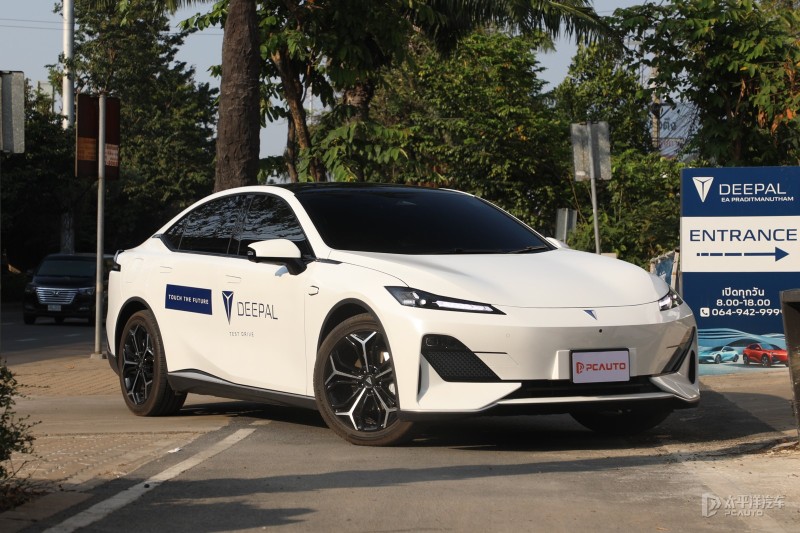

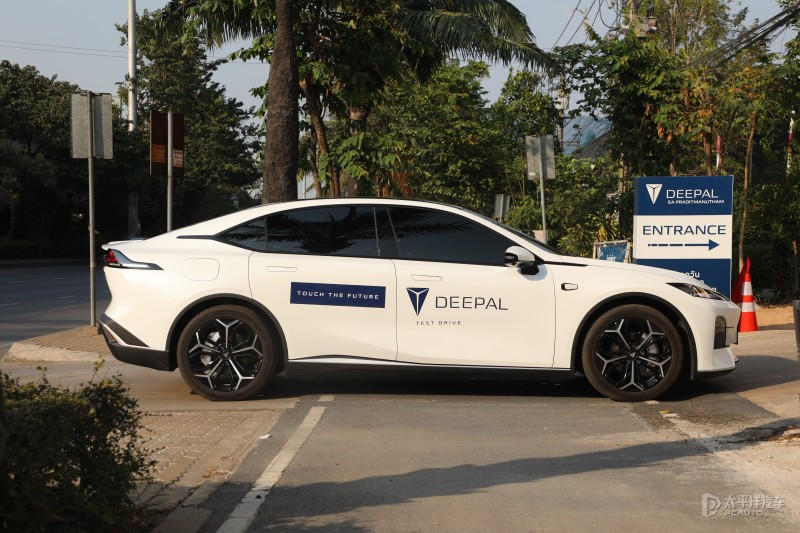
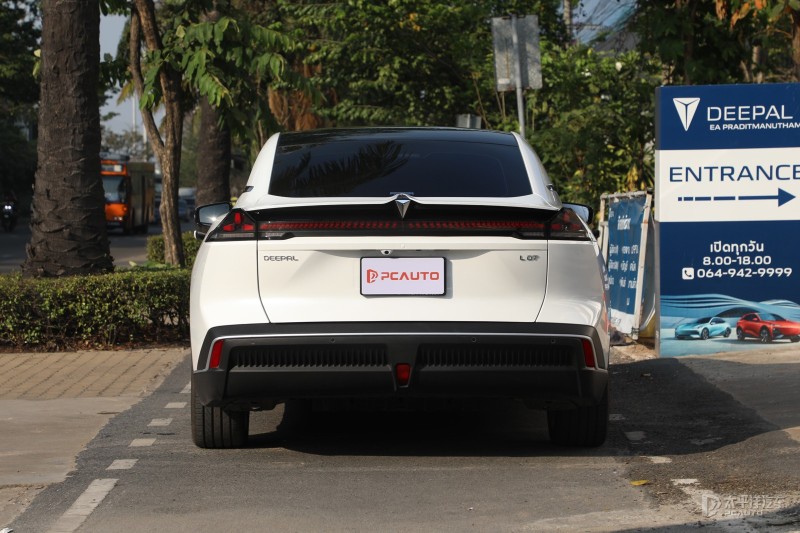
One is that the design of the long wheelbase and short front and rear suspension is conducive to adjusting the vehicle’s front and rear weight ratio to close to 50:50, which is difficult in traditional fuel vehicles. The engine and gearbox of traditional family cars are placed in the engine compartment at the front of the car, which increases the weight of the front and brings a relatively heavy and sluggish front response, especially if it is front-wheel drive. BMW has always used a classic short front suspension design, striving to place the engine's center of gravity behind the front axle to ensure that the weight distribution of the car body is close to 50:50. In addition, more cars will adopt the mid-mounted engine approach, and the result is that most of these cars are sports cars, sacrificing the interior riding space. But for an electric car like DEEPAL L07, all this becomes easier. It can use rear-wheel drive without a drive shaft and doesn't need a heavy engine to make it more sluggish. I think a large part of the excellent steering precision of DEEPAL L07 is due to the good weight distribution of the vehicle. In the curve, we are not easy to feel that it has insufficient steering, which is not easy for a family sedan.

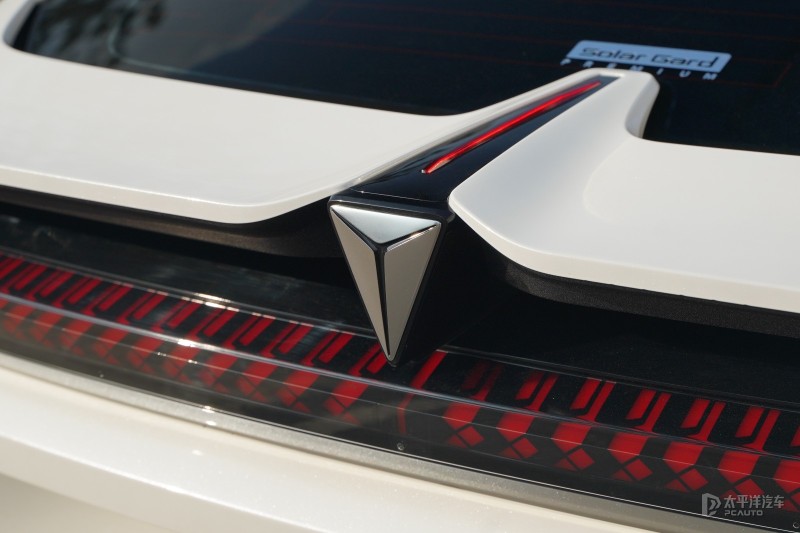
The second is that the large wheelbase offers ample riding space in the back, not just in the back, because the DEEPAL L07 uses a hatchback design. Thus, its trunk space is also considerable, and the excess space under the engine cover has become a storage box that can hold a 20-inch boarding box. A 177cm tall adult male sits in the back, and there is still nearly two fists of remaining space for the legs. This space performance meets family needs without problems. The only downside is that the fastback shape does not leave much headroom for the back, and there is only one TYPE-C port in the back, which is somewhat too few.
Nonetheless, I think as a pure electric car, DEEPAL L07 could have designed a higher in-vehicle space utilization rate. We mentioned earlier that this car also has corresponding extended-range and hydrogen versions in the Chinese market, and the model we test-drive is the same in design and size as the model in the Chinese market, which means that its design must consider the actual needs of different power systems from the beginning, and I think DEEPAL L07 has made certain space sacrifice in this regard. But judging from the experience, even if such a sacrifice exists, it does not have much impact.
The design of the interior also has noteworthy details. The most obvious one is when I open the door and enter the cabin, its 14.5-inch central control screen will shift 15° to my side, which creates a great sense of ceremony. It feels like the opening of the stage curtain. And when I make my entrance, all eyes are on me. At that moment, I am the protagonist. As vehicles become more intelligent, our evaluation of vehicles' humanization also seems to need adjustment, DEEPAL L07 gave me a good first impression.
Moreover, although the entire interior design is very simple, it presents a luxurious sensation through the materials and details. For example, most of the interior is soft leather wraps that givies no obvious sense of cheap hard plastic. The leather wrap of the dashboard is also perforated, with blue stitching to highlight its identity as a new energy vehicle. This type of stitching can be seen on the seats and the door panels. To make the interior look more integrated and concise, the air outlets have been designed to be hidden. Of course, this design also brings a change, that is, most of the vehicle functions are concentrated on the central control screen, making the operation of the central control screen very extensive with plenty of pages. It took me quite some time to familiarize myself with its various functions, as it was my first time driving the DEEPAL L07.
Article Summary:
If I were a buyer ready to purchase an electric car, I would find it hard to refuse a vehicle like the DEEPAL L07. Perhaps this is due to my youth and status; after all, I've passed the age of seeking excitement and focusing on myself. What I need is a safe and comfortable transportation tool for my family and children. But at the same time, I love driving and have certain expectations for driving quality. The overall performance of the DEEPAL L07 meets my expectations.
Of course, I must admit that just by looking at its design and performance parameters, I won't feel that this car suits me. I think this might be the problem DEEPAL L07 is facing. It needs to attract more people to drive it, experience the mature driving quality it brings and accept it in the process, rather than just telling people through its appearance: Come on! I'm the car you need!
Meanwhile, I think the DEEPAL L07 can go further and introduce a stronger four-wheel drive model. If it wants to be unforgettable, then it needs a model that can break the balance between sport and comfort to bring the sports performance to an extreme.
Main configurations of the DEEPAL L07:
-Star Patel LED DRL Daytime Running Lights
-LED Headlights
-LED Star Flame Tail Lights
-Frameless glass doors
-Panoramic Glass Sunroof with electrically adjustable sunshade
-Front luggage box, a capacity of 71 liters
-Electric hidden door handles
-19 inch alloy wheels, tire size 245/45 R19
-Rear spoiler, sporty design
-Electric tailgate
-6-way electrically adjustable driver's seat, with 4-way electric lumbar adjustment
-4-way electric adjustment for the front passenger seat
-Driver's seat with memory and welcome function
-Ventilated front seats
-Rear luggage space of 435 liters
-Flat rear cabin floor
-Dual-zone automatic air conditioning system
-Rear air-conditioning touch control panel
-Air purifying system, can display and reduce in-car PM2.5 index
-AR HUD information display system and AR navigation system
-10.2 inch liquid crystal dashboard display
-14.6-inch central touchscreen
-Sound system with 14 speakers
-360-degree around view camera, under-vehicle view, transparent chassis mode
-Wireless Apple CarPlay connectivity system
-OTA online software update system
-64-color ambient lighting
-Cabin smart scene mode selection system
-40W wireless mobile phone charger
-Gesture recognition system
-Voice recognition system (supports Thai and English)
-Dashcam
-6 airbags (front row, front side, side curtain)
-IACC automatic cruise control system
-TJA low-speed cruise control system
-Speed adjustment based on the Stop & Go of the vehicle in front
-SDW distance warning system with the vehicle in front
-FCW forward collision warning system
-AEB automatic emergency braking system
-LKA lane keeping system
-LDW lane departure warning system
-BSD blind spot monitoring system
-LCA warning system when changing lanes
-RCW rear-end collision warning system when reversing
-RCTA warning system when reversing with vehicles
-RCTB automatic emergency braking system when reversing
-DOW warning system when opening the door with vehicles
-FAB automatic high beam system
If any infringement occurs, please contact us for deletion
Trending News
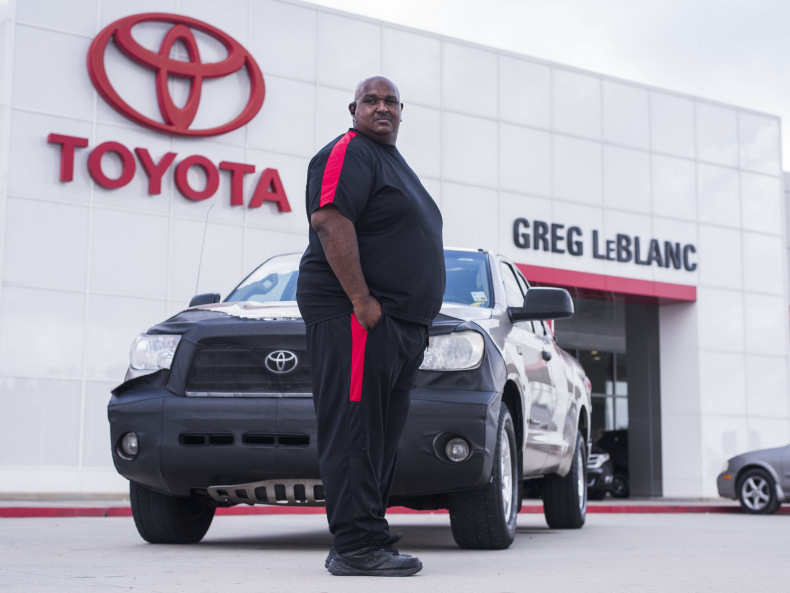
Toyota Tundra Owner Achieves the Second Million-Mile Milestone
[PCauto] The mileage often measures the quality and durability of a car, and Victor Sheppard and his two Toyota Tundra pickups have set a staggering record.With Victor Sheppard's dedication and careful maintenance of the Toyota Tundra, he successfully drove two different Tundra pickups over 1 million miles (approximately 1,609,340 kilometers).In 2007, Sheppard bought a brand new Toyota Tundra CrewMax. Over the next nine years, as a contractor, he worked across the United States, from Louisiana t
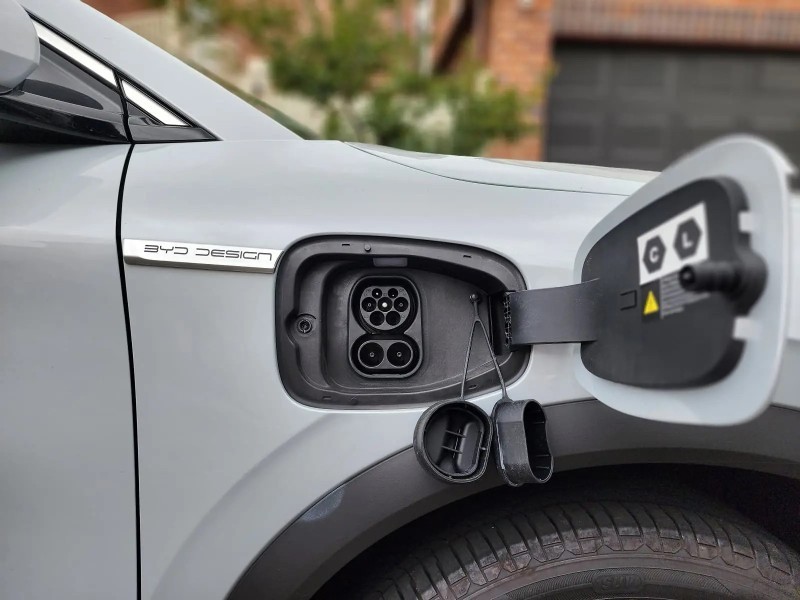
BYD Plans to Promote 1000V High Voltage Super Charging Stations and Its Models on a Large Scale
【PCauto】Recently, the news that BYD plans to massively implement a 1000V high-voltage supercharging platform has attracted widespread attention. It is reported that this platform will be launched in the middle of March this year and supports super-fast charging above 5C. After its release, it will quickly be popularized to its own models and large-scale construction of 1000V supercharging stations.This move will undoubtedly set off a wave in the new energy vehicle market. Let's delve into the te
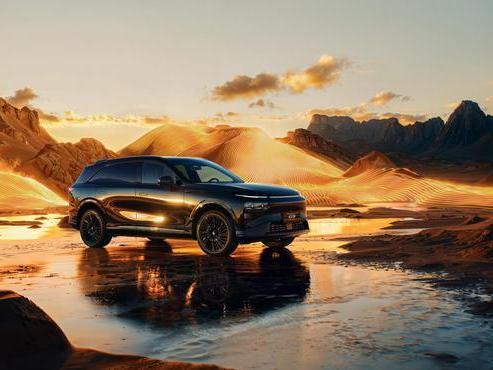
XPENG G9 is about to be launched in China, bringing 66 upgrades in features
【PCauto】XPENG has recently announced that the 2025 XPENG G9 will soon be launched in China. Although the official did not announce the time and price, the success of XPENG G6 and X9 has rekindled expectations for the once-failed G9 by XPENG. In terms of appearance, the G9 continues the X-BOT FACE 3.0 design language, with a closed grill at the front paired with split-style headlights on both sides, new two-tone collision colors and all-black body styles, with a petal-style wheel hub. Combining
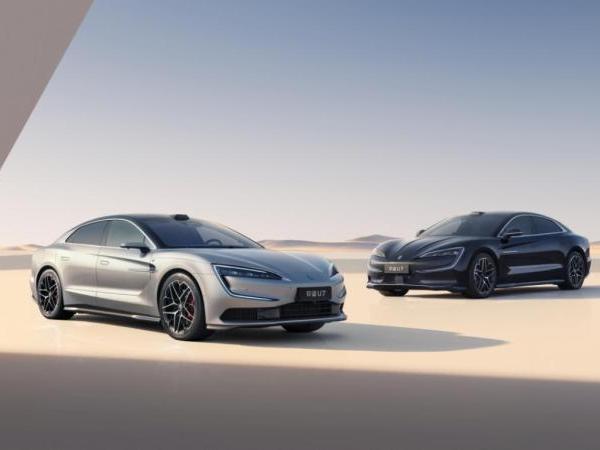
BYD YANGWANG U7 Launches with World's First Suspension Charging Tech
[PCauto] On March 27, BYD YANGWANG U7 was launched, with two power versions of pure electric and plug-in hybrid, a total of four models. YANGWANG U7 EV Five-seater Luxury Edition, priced at about 292.85 million baht/RM38.31 YANGWANG U7 EV Four-seater Flagship Edition, priced at about 330.04 million baht/RM43.19 YANGWANG U7 PHEV Five-seater Luxury Edition, priced at about 292.85 million baht/RM38.31 YANGWANG U7 PHEV Four-seater Flagship Edition, priced at about 330.04 million bah

What will the new Perodua Car look like in 2025? What kind of changes will they undergo?
【PCauto】In 2025, Perodua will introduce a series of anticipated new car dynamics, covering the launch of new models and remodeling of several existing models, whether in the bold step in the field of electrification or in the optimization of classical models.Perodua is to launch its first electric car in 2025Perodua's first pure electric car is expected to go on sale officially in the fourth quarter of 2025. To ensure the vehicle's performance and quality, Perodua may initiate testing work as ea
Popular Cars
Car Compare



